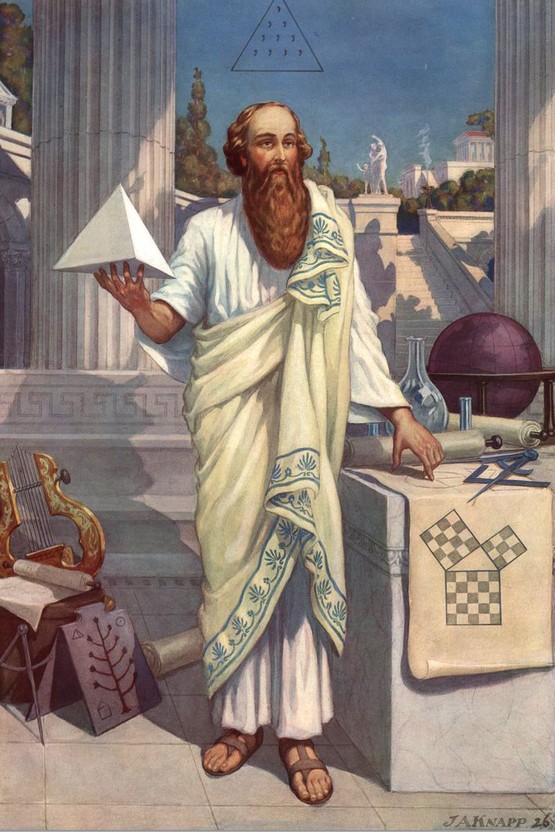The question of “When Did We Learn The Earth Was Round?” is often shrouded in misinformation. Contrary to popular belief, the knowledge of a spherical Earth predates Christopher Columbus and the Middle Ages. The notion that medieval Europeans believed in a flat Earth is a persistent myth. This article delves into the historical evidence to uncover the true origins of this understanding.
A woodcut from Camille Flammarion’s “L’Atmosphere: Météorologie Populaire” depicting the misconception of a medieval person fearing the Earth’s edge.
Pythagoras: A Misattribution?
Often credited with the discovery, Pythagoras (c. 570–c. 500 BC) likely did not propose a spherical Earth. This misattribution stems from the influential work of Sir Thomas Little Heath, who based his claim on interpretations of Pythagorean philosophy rather than concrete evidence. Modern Pythagorean scholars find little support for this claim. The earliest surviving reference to a spherical Earth actually appears 200 years after Pythagoras, in Plato’s dialogue Phaedo.
Plato and the Seeds of Spherical Earth Theory
While Plato (427–347 BC) didn’t originate the idea, Phaedo indicates that the concept of a spherical Earth was relatively new in the early 4th century BC. While this makes the 4th century BC a likely candidate for the genesis of this understanding, later sources complicate the narrative. Diogenes Laertius, a 3rd-century AD biographer of Greek philosophers, attributed the spherical Earth concept to several earlier figures, including Pythagoras, further muddying the waters. However, Diogenes’ claims rely on secondary sources and lack strong evidence.
Exploring Other Potential Candidates
Diogenes Laertius also suggested other candidates, such as Hesiod and Anaximander. However, Hesiod’s poetry suggests a flat Earth, and Anaximander believed in a cylindrical Earth. A more plausible candidate is Parmenides (515–450 BC), who proposed a spherical universe. This, combined with his belief in an unchanging reality, might suggest a spherical Earth. However, Parmenides’ surviving writings don’t explicitly mention a spherical Earth, and the interpretation of his work remains ambiguous.
Anaxagoras and the Flat Earth Debate
Anaxagoras (c. 500–c. 428 BC) believed in a flat Earth disc. However, Plato’s Phaedo hints at a possible debate between Anaxagoras and proponents of a spherical Earth. The passage in question is open to interpretation, and it remains unclear whether Anaxagoras himself considered a spherical Earth model. The 5th century BC witnessed debates about the Earth’s shape, including Archelaus’s theory of a bowl-shaped Earth. However, Archelaus’s arguments were flawed.
The Missing Evidence and the Likely Timeline
Despite various claims, concrete evidence for a spherical Earth theory before the late 5th century BC is lacking. Notable silences in the works of Aristotle and Aristophanes further support this conclusion. It seems likely that the spherical Earth concept emerged sometime around 400 BC. While the exact originator remains unknown, the emergence of this groundbreaking idea revolutionized our understanding of the cosmos and laid the foundation for future scientific advancements.
A fresco depicting Theophrastus and Aristotle, key figures in the history of Greek philosophy and science.
A scene from Aristophanes’ “Clouds,” satirizing philosophical ideas of the time.


